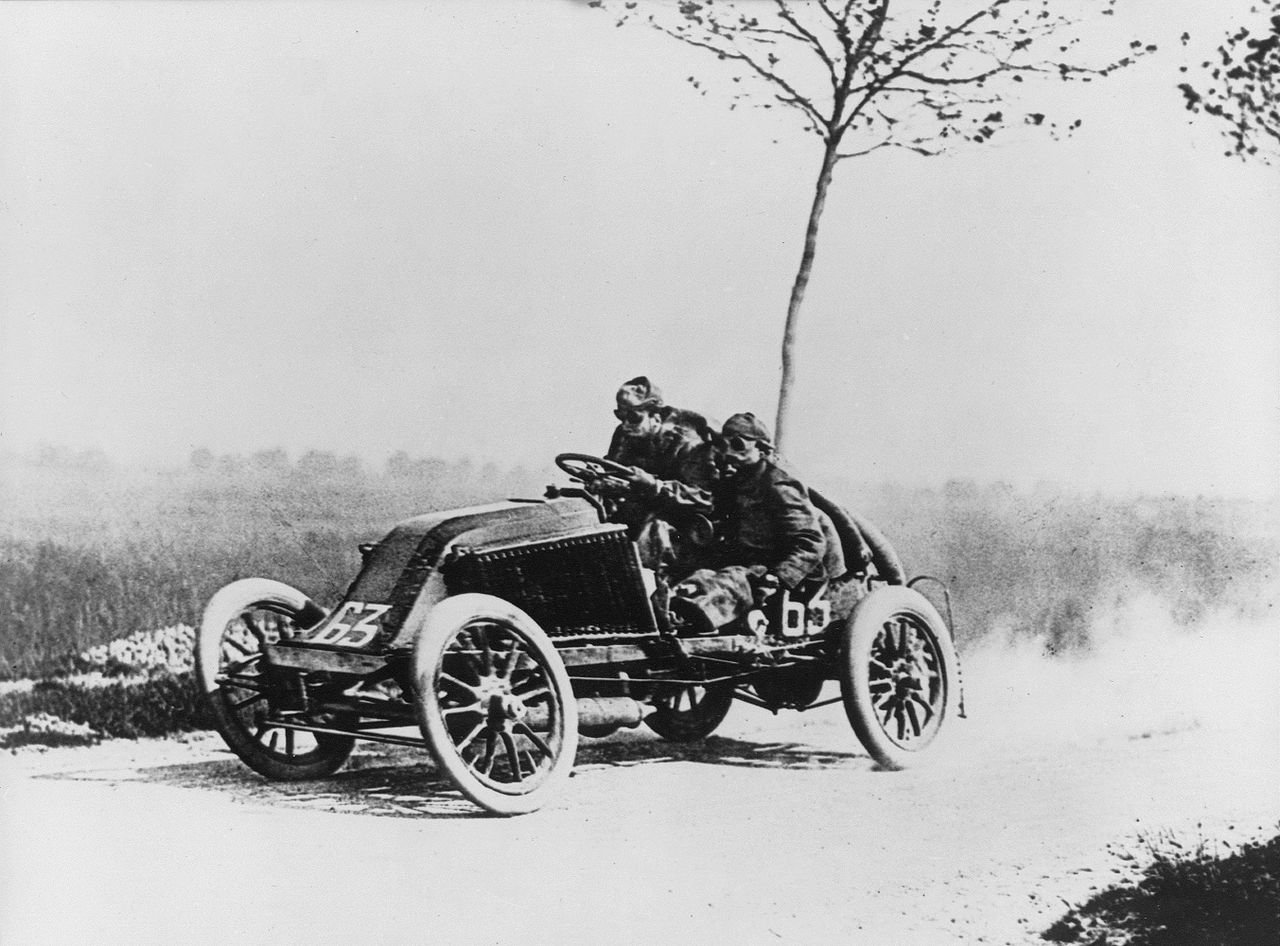Motor Racing History – Origins of the First Automobile Races and the First Grand Prix
Dawn of Automobile Racing
The dawn of automobile racing was anything but that. It was thought that a car’s ability to navigate roads in a reliable manner was all that could be hoped for. Outright speed was not even considered important that is until the flag dropped …
The first event to have been planned was to have been a short trial in Paris organized by “Le Velocipede” in 1887, but only one competitor turned up and so it was abandoned. The first organized event was actually a Reliability Trial run from Paris to Rouen in 1894 over a distance of 126 km. It was organized by a newspaper, Le Petite Journal, and the winning “horseless carriage” had to be “safe, easily controllable and reasonably economical to run.” Twenty one entries left Paris on July 22nd, and the first home was Count de Dion in a steam driven De Dion tractor.
No Subscription? You’re missing out
Get immediate ad-free access to all our premium content.
Get Started



